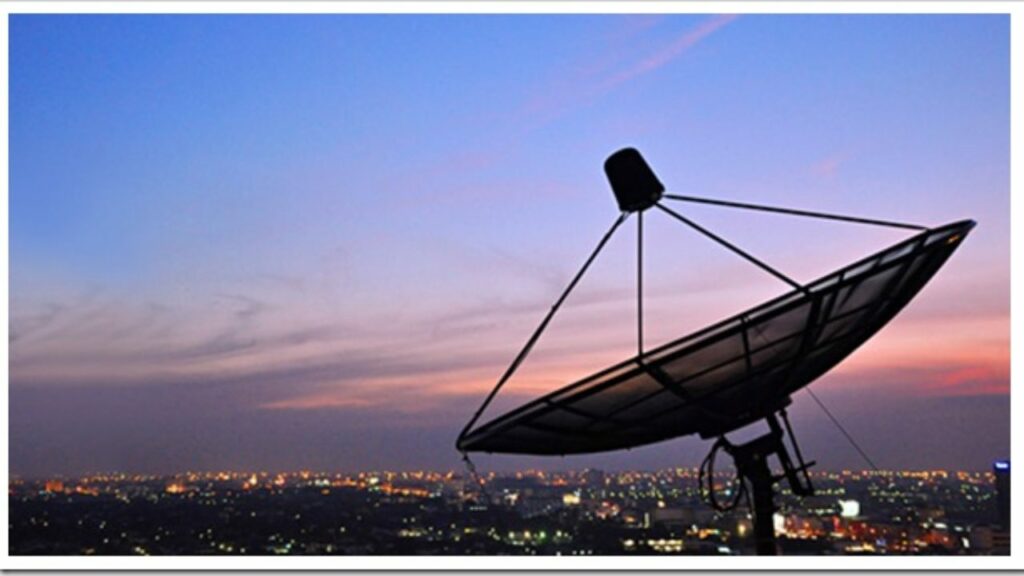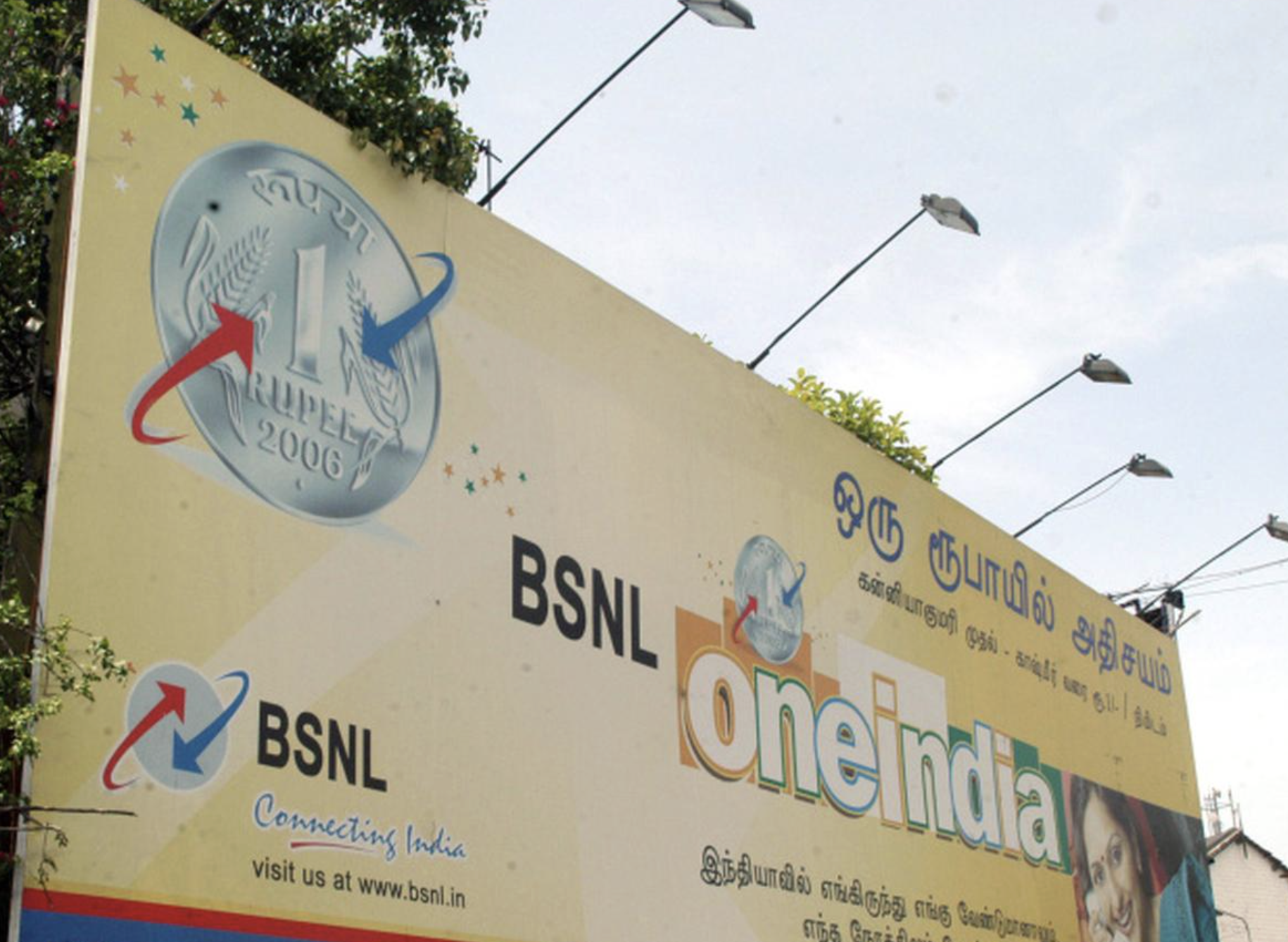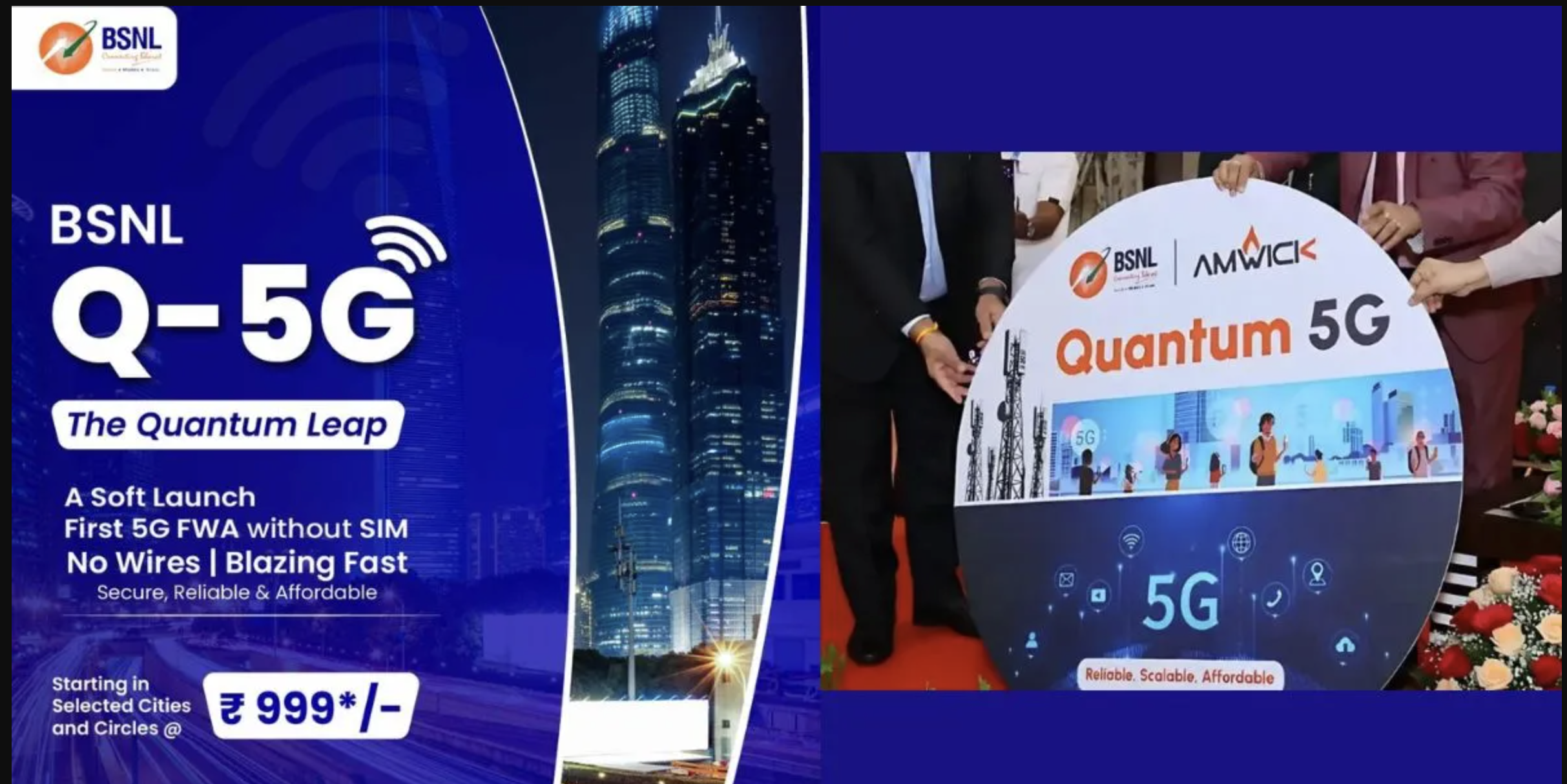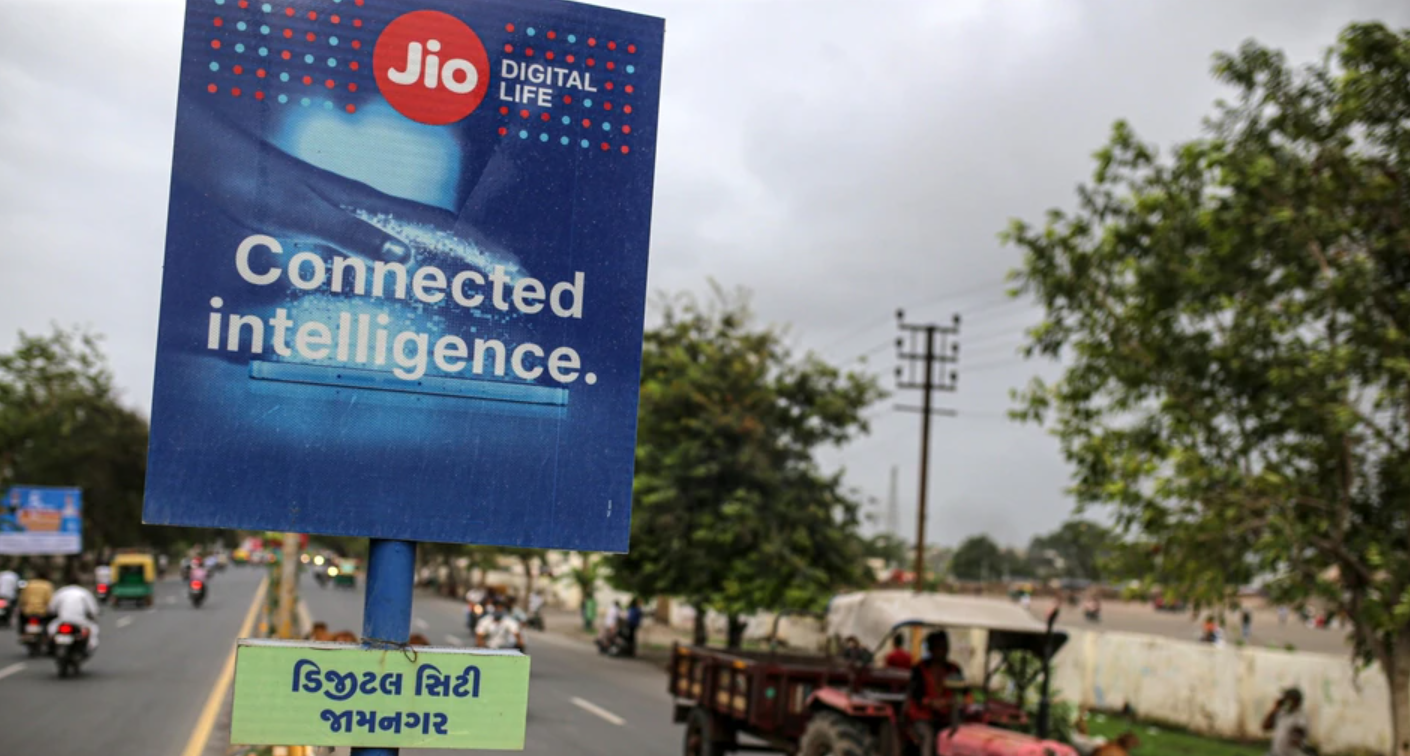With new prepaid and postpaid plans introduced in July 2024, leading telecom operators like Jio, Airtel, and Vodafone Idea have raised tariffs to support 5G expansion efforts. This hike, however, has driven many customers to seek affordable options, leading to a significant influx in BSNL’s subscriber base.

Why Telecom Operators Raised Tariffs
As private telecom companies strive to advance 5G infrastructure, tariff increases became a financial necessity. However, with a considerable impact on customers, the hike has led to widespread dissatisfaction and triggered a wave of customer migration to BSNL. The Cellular Operators Association of India (COAI) has advocated for reduced license fees to lessen the industry’s cost burden and improve affordability for consumers.
COAI Pushes for Reduced License Fees
Currently, telecom operators pay an 8% license fee on their adjusted gross revenue (AGR). The COAI has suggested revising this to 0.5%-1%, arguing that a reduced fee would support digital inclusion, especially in remote areas, by allowing telecoms to pass savings onto customers. SP Kochar, COAI’s Director General, highlighted that the high fees no longer align with the initial spectrum-based purpose and called for changes to reflect only necessary administrative costs.
Subscriber Shifts: BSNL Gains While Private Operators Lose
The tariff hike has notably affected customer numbers across the sector. In July, BSNL added 30 lakh new users, while private operators experienced significant losses: Vodafone Idea, Airtel, and Jio saw drops of 14 lakh, 17 lakh, and 8 lakh users, respectively. This trend continued in August, with BSNL’s subscriber base growing by 25 lakh and private operators seeing additional declines.
The tariff shift has reshaped India’s telecom landscape, potentially setting the stage for further government intervention to balance telecom growth with consumer affordability.
4o














